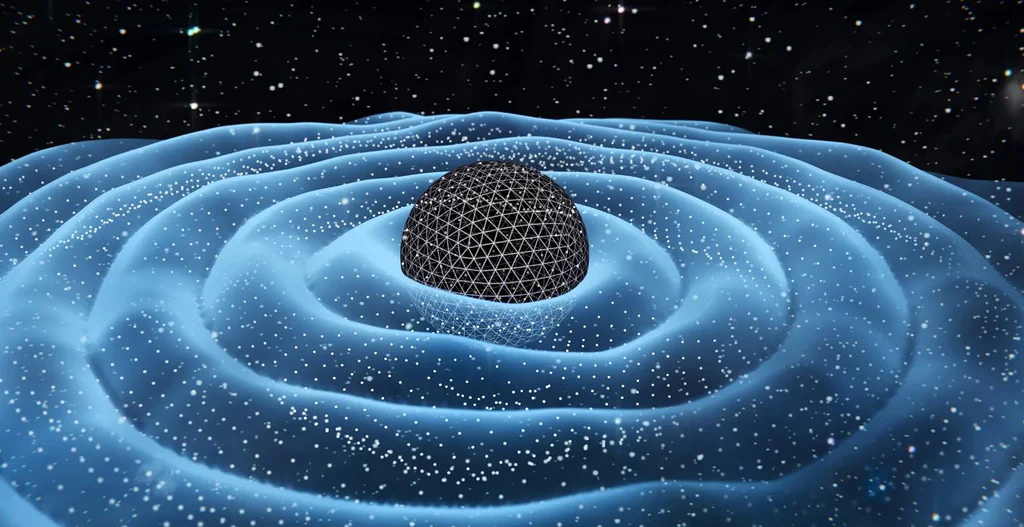
Gravity, the invisible force that governs the motion of celestial bodies and shapes the fabric of the cosmos, remains one of the most enigmatic phenomena in the realm of physics. From the apple that famously fell on Isaac Newton’s head to the elegant equations of Einstein’s general relativity, our understanding of gravity has evolved over centuries, yet it still retains an aura of mystery and intrigue.
Imagine standing beneath a clear night sky, gazing up at the twinkling stars scattered across the vast expanse of space. Each of those celestial bodies is bound by the gravitational pull of others, orchestrating an intricate dance of cosmic proportions. But what exactly is gravity, and how does it exert its influence across the universe?
In Newtonian physics, gravity is described as a force of attraction between objects with mass. According to Newton’s law of universal gravitation, every particle in the universe attracts every other particle with a force proportional to the product of their masses and inversely proportional to the square of the distance between them. This elegant formulation provided a remarkably accurate description of the motion of planets and projectiles on Earth for centuries.
However, as our understanding of the universe deepened, cracks began to appear in Newton’s theory. It struggled to explain certain phenomena, such as the anomalous orbit of Mercury and the bending of light around massive objects. These discrepancies paved the way for Albert Einstein to revolutionize our conception of gravity with his theory of general relativity.
Einstein proposed that gravity arises from the curvature of spacetime, a four-dimensional framework that combines the three dimensions of space with the fourth dimension of time. According to general relativity, massive objects like planets and stars warp the fabric of spacetime around them, creating what we perceive as gravitational attraction. This warping effect manifests as the familiar force that keeps our feet firmly planted on the ground and governs the motion of celestial bodies.
The beauty of general relativity lies in its ability to provide a unified framework for understanding gravity on both cosmic and quantum scales. Yet, despite its elegance and predictive power, Einstein’s theory leaves many questions unanswered, particularly when it comes to reconciling gravity with the other fundamental forces of nature.
Enter the quest for a theory of quantum gravity, a holy grail of modern physics that seeks to merge the principles of general relativity with those of quantum mechanics. Quantum gravity aims to elucidate the behavior of gravity at the smallest scales of space and time, where the fabric of reality becomes woven with uncertainty and fluctuations.
In the realm of quantum gravity, space and time themselves become dynamic and indeterminate, giving rise to exotic phenomena such as wormholes, black holes, and the elusive quantum foam. These bizarre concepts stretch the limits of our imagination and challenge our understanding of the nature of reality.
Despite decades of research, a complete theory of quantum gravity remains elusive, and the quest continues to captivate the minds of physicists around the world. The mysteries of gravity serve as a reminder of the boundless depths of the universe and the infinite potential for discovery that lies beyond our current understanding.
In the end, perhaps the true essence of gravity lies not only in its mathematical formulations or observable effects but in its ability to inspire wonder and curiosity in the hearts and minds of those who dare to contemplate the mysteries of the cosmos. As we peer into the depths of space and time, let us embrace the enigma of gravity as an invitation to explore, imagine, and marvel at the beauty of the universe in all its complexity.






